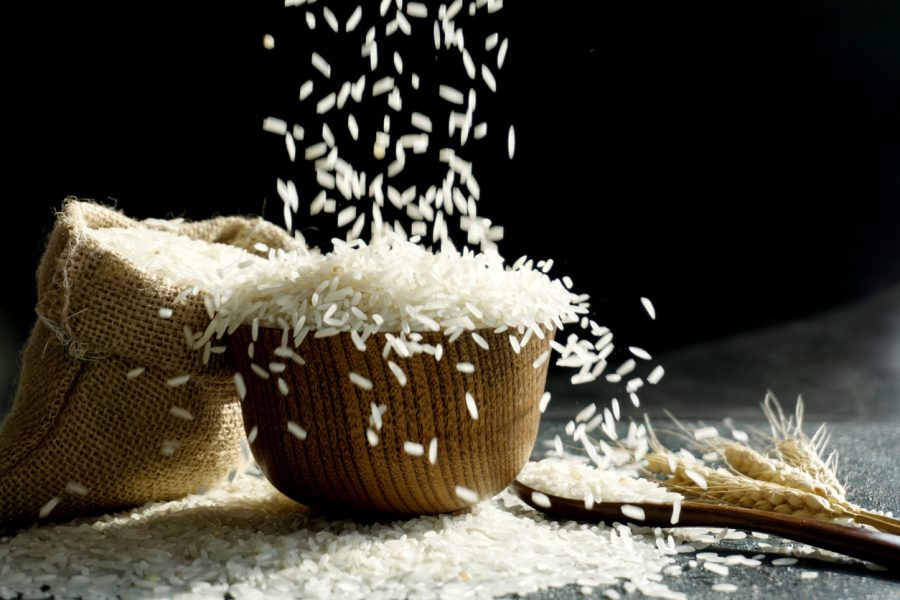
Drop in India’s rice production poses a new challenge for global food supply

Last month, Union food minister Piyush Goyal urged states to increase sowing of rice as it was 16% lower than the normal level nationally.
However, he said there was no problem of stocks but there was a lot of demand internationally.
Also read: FM’s reply on price rise: ‘Criticism political, economy shows positive signs’
“We request all the states to increase the sowing of rice. Currently, it is less than last year. So, I request all the states to please increase the sowing of rice… So, the more our farmers produce, they get a good price in the international market also. So, this will help to increase exports. I am also Commerce Minister. So, I have to also keep increasing the exports,” Goyal said at State Food Ministers on Food and Nutrition Security in India conference in July.
India is the world’s largest exporter of rice. It supplies rice to more than 100 countries. According to the Union government, India’s rice exports increased by 109% between 2013-14 and 2021-22.
The government data shared in April showed rice exports were worth $2,925 million in 2013-14, and $6,115 million in 2021-22.
अन्नपूर्णा भारत.
India’s rice exports takes an astounding growth of 109%.
Modi Govt. policies help farmers get access to the global market and also ensure food security. pic.twitter.com/EKawuRddrV
— Piyush Goyal (@PiyushGoyal) April 17, 2022
Now, according to a report, rice could emerge as the next challenge for global food supply as a shortage of rain in parts of India, has caused planting area to shrink to the smallest in about three years.
Also read: Centre hikes MSP for kharif crops by 4-9% for 2022-23; paddy up by Rs 100/qtl
Lack of rainfall
The threat to India’s rice production comes at a time when countries are grappling with soaring food costs and rampant inflation. Total rice planted area has declined 13% so far this season due to a lack of rainfall in some areas, including West Bengal and Uttar Pradesh, which account for a quarter of India’s output, a Bloomberg report said.
A drop in rice production will complicate India’s inflation fight and trigger restrictions on exports. Such a move will have far-reaching implications for the billions of people that depend on the staple, traders felt. India accounts for 40% of the global rice trade.
“The jump in India’s rice prices reflect concern about output. Prices of some varieties have soared more than 10% in the past two weeks in major growing states such as West Bengal, Odisha and Chhattisgarh due to deficient rain and increased demand from Bangladesh,” Mukesh Jain, a director at Sponge Enterprises Pvt., a rice shipper, was quoted as saying in the report.
Export prices may climb to $400 a ton by September from as much as $365 now on a free-on-board basis, he said.
According to the Union government, as per third Advance Estimates for 2021-22, total foodgrains production in the country is estimated at record 314.51 million tonnes which is higher by 3.77 million tonnes than the production of foodgrain during 2020-21. Further, the production during 2021-22 is higher by 23.80 million tonnes than the previous five years’ (2016-17 to 2020-21) average production of foodgrains.
“Total production of rice during 2021-22 is estimated at record 129.66 million tonnes. It is higher by 13.23 million tonnes than the last five years’ average production of 116.43 million tonnes,” the government said in May.
According to the report, much is riding on the rice crop in India and the monsoon’s progress. Some agricultural scientists are optimistic that there’s still time to continue planting and make up for some of the shortfall. Rain is forecast to be normal for August to September, which may improve crop output.
However, farmers are less upbeat. Rajesh Kumar Singh, 54, a grower in Uttar Pradesh, said he planted rice on only half of his seven acres (2.8 hectares) of land due to a lack of rain in June and July. “The situation is really precarious,” he said, it added.
Rice fo ethanol production
Rice prices are feeling the pressure, said Himanshu, a professor at Jawaharlal Nehru University. “Rarely any sowing happens after mid-July, so the hope that it will recover is unlikely to be the case,” he said, adding that a drop in output is a risk to inflation.
With India’s paddy output poised to decline in several states, the government should consider reviewing its policy of allocating rice for ethanol production, Siraj Hussain, a former secretary of India’s agriculture ministry, was quoted as saying in the report.
India seeks to boost ethanol production using surplus sugar and rice as part of efforts to cut its fuel costs. Surging food prices following the war in Ukraine have increased the risk of hunger and sparked a “food versus fuel” debate.
“At this point in time, it is difficult to estimate the exact level of production loss,” Hussain said. But at current prices, there’s hardly any justification in allocating rice for ethanol output, he added, as per the report.

